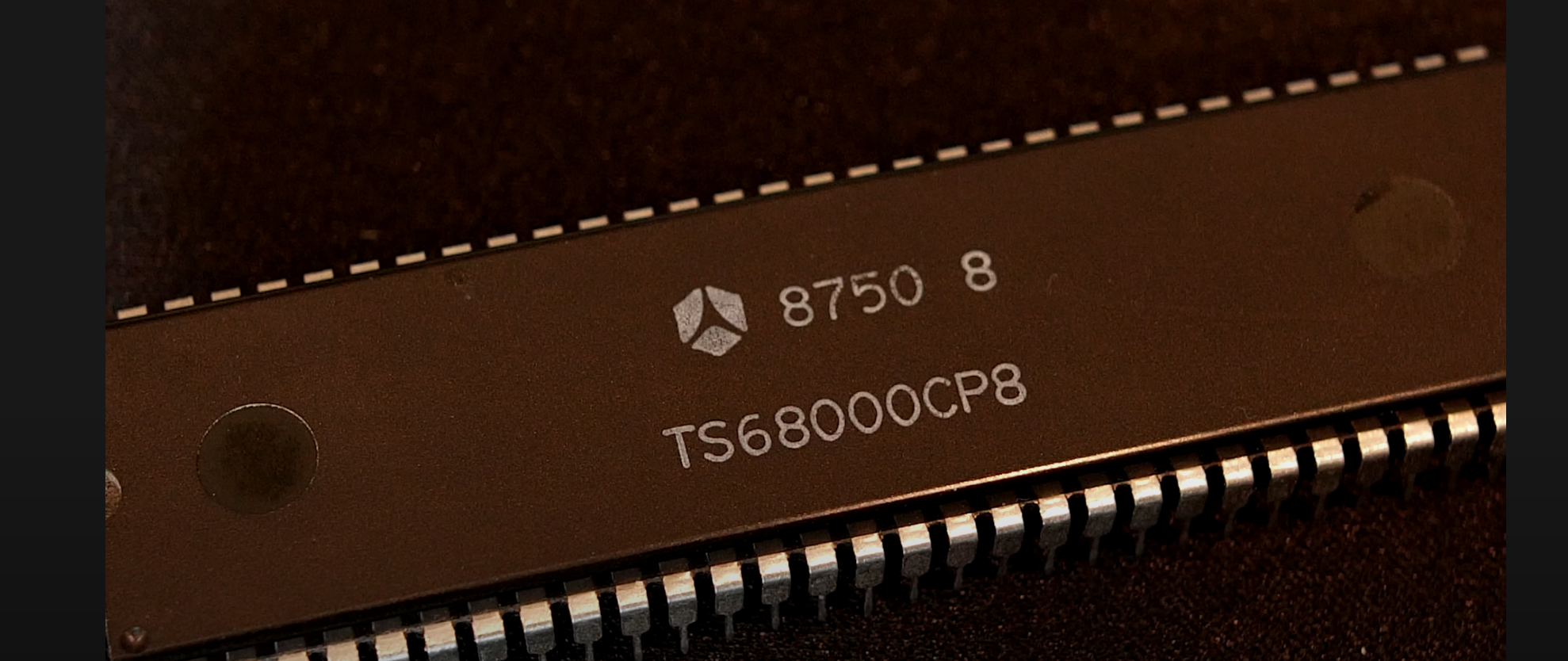
It was introduced in 1979 as a hybrid 16/32-bit CISC microprocessor, featuring a 24-bit flat address bus and a 16-bit data path. This design achieved over 1 MIPS of performance and outclassed contemporaries like the Intel 8086 in both speed and programmability. It rapidly became the engine behind landmark personal computers, such as the Apple Lisa and Macintosh, the Commodore Amiga, and the Atari ST, as well as gaming consoles like the Sega Genesis, due to its orthogonal instruction set, ample register file, and large unified memory space. Even after its discontinuation in 1996, the 68000’s architecture endured in embedded controllers, printers, and industrial systems, cementing a legacy that shaped subsequent CPU designs across the industry.


The design philosophy of the 68000 series directly influenced the birth of RISC architectures. Acorn’s ARM was prototyped using 68000 co-processors, and its flat memory and orthogonal instruction concepts informed early ARM and Powerpc designs, which today power billions of devices. The chip’s emphasis on a rich register file and streamlined instruction encoding is reflected in modern microcontrollers and SoCs, testifying to a visionary microarchitecture that still resonates across the computing landscape.
The video below takes us on a journey through the legacy of the 68000 microprocessor. 68000 - The CPU ahead of its time - YouTube